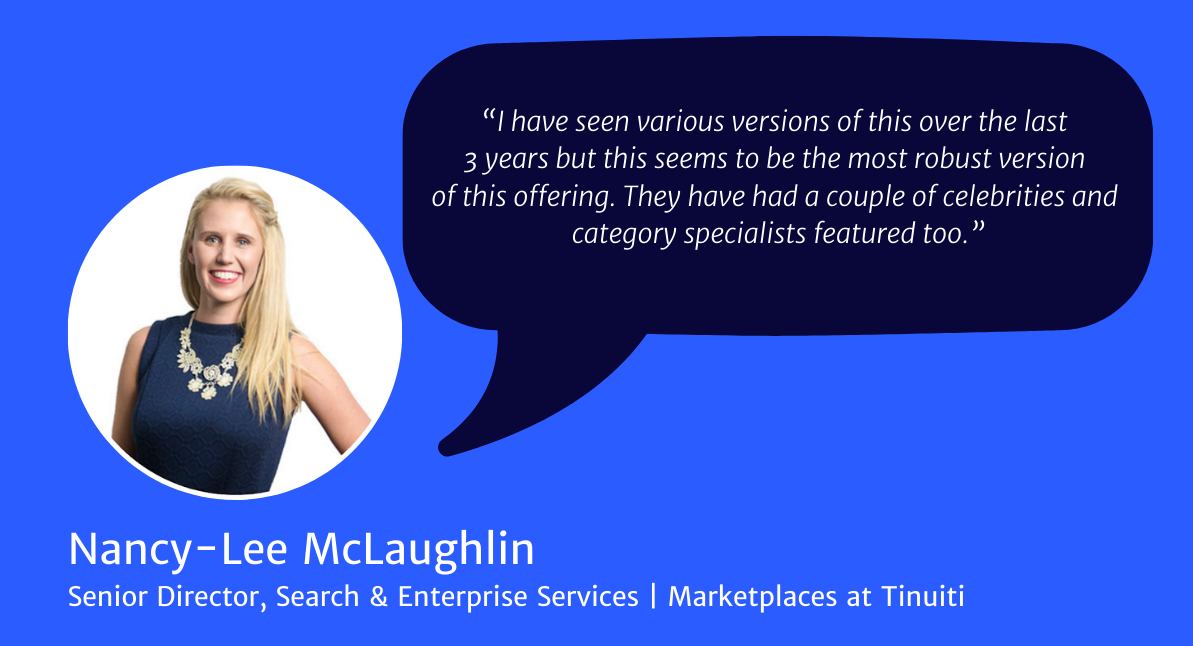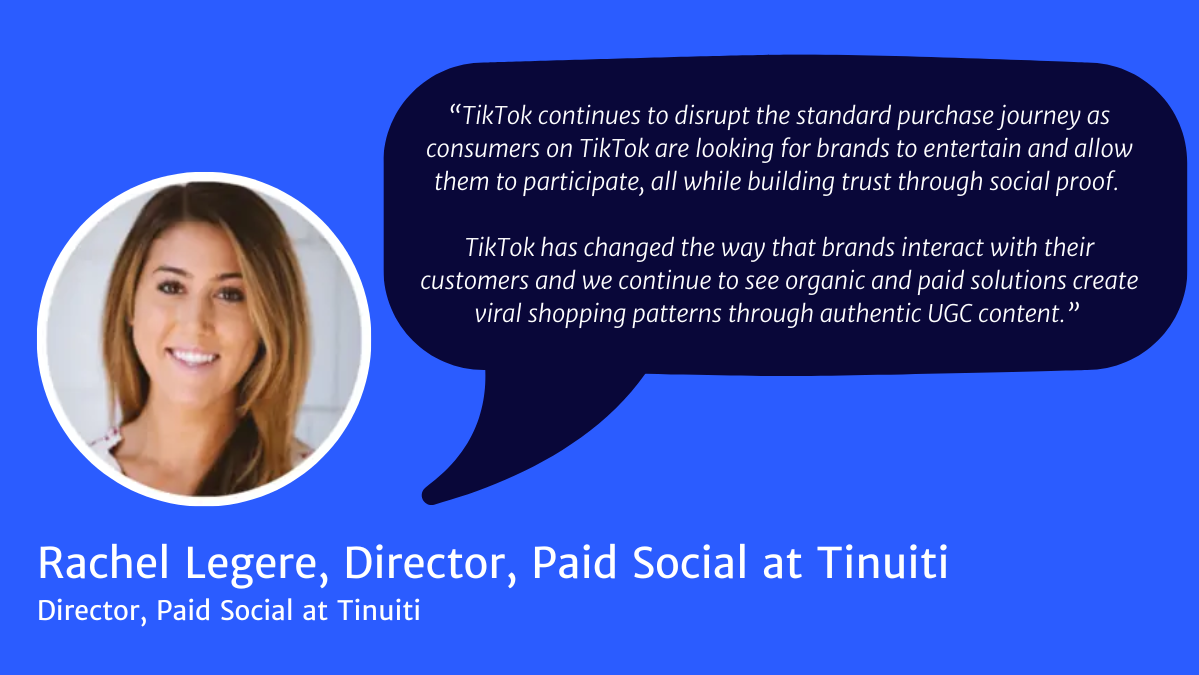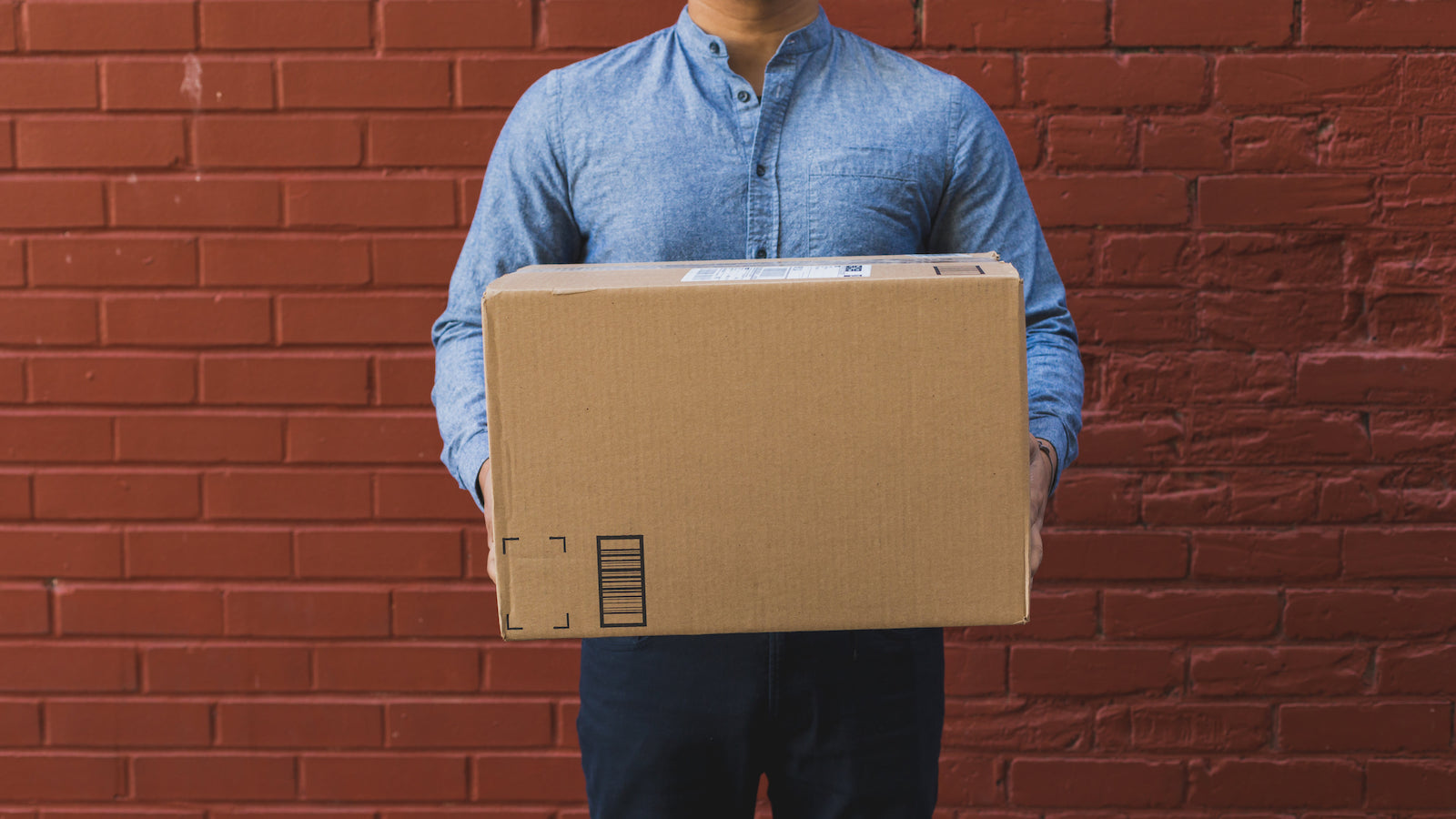Table of Contents
** Minutes
Livestream shopping trends are promising for ecommerce
Why brands are finding new success with live shopping
Livestream shopping platforms & examples
Tips and considerations for companies looking to sell live
Fulfilling orders from live shopping events is more important than you think
Consumers are searching for innovation in the companies they do business with, and that’s why brands, both big and small, have introduced live shopping.
Live shopping enables brands to remain close to the customer with highly engaging and interactive experiences.
These live experiences fuel discovery and allow for personalization and service at scale, helping ecommerce thrive and grow.
In this article, you’ll learn how live shopping works, what social platforms offer live shopping, and how to get started to generate more sales.
What is live shopping?
Livestreaming and ecommerce blended together to create something exciting and creative to benefit consumers and brands alike.
Live shopping allows for an interactive in-store experience, except it’s all virtual. You can be in the comfort of your couch, but the features of live shopping make it much more personal and real.
Instead of reading through lifeless product descriptions and wondering how that dreamy leather jacket fits, you can engage in real-time conversations.
How does live shopping work?
Many individuals tend to compare this shopping concept to shopping networks on television. The show’s format, presentation, and products may be similar, but they operate differently on the consumers’ end.
In addition, while shopping networks allow viewers to call in, Live shopping enables viewers to interact through social media comments (eg. Instagram comments), likes, polls, and more.
Live shopping focuses equally on the consumer as it does on the product. Brand loyalty is maximized when companies step out of the box and create entertaining, more engaging ways of communicating with their audience.
Consumers take notice of these efforts and are willing to step away from what they are doing to see what you’ve got to offer.
Livestream shopping trends are promising for ecommerce
We’ve seen live shopping come in the form of television networks selling many name-brand products in the past. Today, we live in a time where social media dominate and practically anyone online can livestream products.
For example, Amazon has been dominating the online sales game for some time now and recently introduced Amazon Live.
This idea is perfect for influencers as it features product highlighting, live promotions, and a chat feature. Many of the products promoted on Amazon Live may be able to generate commissions for influencers. 

Why brands are finding new success with live shopping
Fashion and beauty have quite a bit of traction in live shopping.
Think about a small vegan beauty brand advertising a multi-purpose color stick. They may feature an individual using the product in all the different ways it’s intended to be used. Possibly on the cheeks as well as a lip stain. The host can display the other color options on various skin tones and so on.
Beauty and fashion brands are not the only industries finding success using live shopping. A recent survey revealed that around 41.2% of consumers said they tune into livestreams that shift their attention to home furnishing products.
It also showed that 37.5% said they watch livestream shopping events focused on electronics.
Social customer engagement drives brand awareness
Live shopping breathes new life into the online shopping experience.
The power of engagement is great and using authentic interaction in real-time encourages organic sharing and builds brand awareness.
Generates immediate sales for specific products
Brands can offer special deals on products that may be underperforming by showcasing them live, generating immediate sales, and also allowing products to be liquidated.
Relatively easy to get started
Live shopping is no longer exclusively for more prominent brands; now, even small businesses can take advantage of it. Starting is relatively simple, and it doesn’t require a whole lot. Take a look at this brief list of requirements:
- Laptop
- Camera
- Microphone
- Audio mixer
- Software
- Internet access
- Streaming channels (Some of the major platforms using live shopping include YouTube Live, Facebook Live, Twitch, and Periscope.)
Your customers don’t have to come to you
One benefit of live shopping is that it doesn’t necessarily require a customer to come directly to your website.
An excellent example of this would be livestreaming products on Facebook, directly connecting with viewers, engaging them, and attracting new customers.
These events are hosted by brands and visited by users already browsing Facebook.
Livestream shopping platforms & examples
Here is a high-level overview of the different live shopping options by platform, including examples.
Facebook live shopping
People are already on Facebook all day long. The introduction of live shopping on Facebook has enabled brands to slip into users’ feeds seamlessly and comfortably, promoting interaction, engagement, and boosting sales.
The trendy cosmetic brand Benefit has been hosting a Facebook Live weekly series known as “Tipsy Tricks.”
Each Thursday, the team at Benefit grabs some wine and a few of their favorite beauty products and shares their best tips and tricks while responding to comments.
Instagram live shopping
Instagram has around 1.478 billion users worldwide. This social community is a hot spot for brands to livestream their products.
One of Chipotle’s executive chefs will share live, real-time walkthroughs of tasty Mexican recipes. This takes advantage of Instagram Live differently, inviting its viewers to come and learn something new.
While it doesn’t generate many immediate sales, it builds brand loyalty, and consumers love it.
TikTok live shopping
TikTok Live shopping is similar to other live shopping options online; users can tune in and see what’s available from their favorite brands.
Ulta Beauty has also experimented with livestream shopping to see what makes customers tick. An article published by Glossy revealed Ulta’s partnership with Supergreat and stated that Ulta wants to “understand what makes people want to engage with live selling.”

YouTube Merch Shelf live shopping
YouTube has also jumped on the live shopping bandwagon and delivers products from high-caliber creators to their massive audience.
With over 122+ million daily users, this platform offers excellent opportunities to companies looking to sell.
Fashion vlogger Samantha Maria began sharing her passion with her viewers on YouTube way back in 2009. Today her channel has 1.75 million subscribers, and through livestream shopping, she has been showcasing her custom jewelry line, Sammi Maria, to her fans.
Tips and considerations for companies looking to sell live
Most big social media sites make it simple for sellers to get started.
It typically includes pairing your shop to your channel, adding products you’d like to feature, and then going live.
There are also a few other factors you’ll have to consider before starting.
1. Build your social media audience first
If you haven’t already, focus on building your audience.
Selling live tends to go better for brands or influencers who have already established a following or fan base.
2. Don’t “wing it”
While livestream shopping events should feel authentic, there has to be planning to ensure the live video goes smoothly and the product or service is showcased correctly.
Being unprepared can come off as unprofessional and consumers still expect professionalism. Don’t forget these people are still considering giving you their money.
3. Explore live shopping apps
Livestream shopping apps make it easier for sellers to showcase their products to audiences who want to shop live. They also give them all the tools they need to see how their products are performing and how engaged their audience is.
The first is a livestreaming app called Bambuser. This app permits product streaming and allows users to create, manage, and publish photo and video content.
Bambuser also enables users to embed their live shopping events into their websites. In addition, the app provides its users with customer engagement and sales statistics, plus total control over transactional and customer-related data.
Another excellent app for livestream shopping is Live Scale. This app enables users to create a fully branded experience, complete with logos stamped directly onto live broadcasts. They also offer access to real-time analytics.
4. Make sure your feeds and logistics are in order
Live shopping events can generate lots of activity, which also creates high sales volumes in a short period.
High volumes can strain your logistics, especially concerning order fulfillment.
Having your feeds set up properly is also critical to success on any live shopping channel.
“Product feeds are the foundation for so many social commerce opportunities like dynamic product ads, product tags, collection ads, and live shopping. Successful merchants deliver rich, optimized up-to-date product info to each social platform as frequently as possible.
Timely price and availability updates are essential low-hanging fruit — you don’t want to spend money or time on ads that incorrectly promote higher prices and out-of-stock products.
Once you have the basics covered, you should invest internally or work with a partner to explore more advanced product feed strategy like A/B testing the product titles/images used in your ads or using performance-based product data feed labels to set up ad sets and campaigns.”
Mike Wojciechowski, Senior Director, Shoppable Media at Tinuiti
[Source: “Social Commerce: The Ultimate Guide To Every Shoppable Channel”]
5. Be authentic
Perhaps the best advice of all would be to keep it real. Be authentic and relatable, be human.
Fulfilling orders from live shopping events is more important than you think
Now that you know the basics of livestream shopping and its advantages, you must prepare for phase two.
While getting hundreds of orders flowing in after a live video feels nice, it doesn’t end there.
Having your logistics operations in place is vital, and that’s where ShipBob steps in to help make this stressful process fuss-free.
ShipBob is an omnichannel fulfillment provider that can help you streamline your fulfillment strategy for multichannel retailing.
With ShipBob, you can sell across multiple sales platforms, including social, and have orders automatically sent to the nearest fulfillment center location.
No matter where your customers place an order — from Facebook to Amazon — ShipBob takes care of the fulfillment process for you.
With ShipBob’s omnichannel capabilities, you can:
- Prevent stockouts and over-selling.
- View real-time and historical stock levels.
- Ship orders purchased via websites, marketplaces, social platforms, brick-and-mortar stores, and more.
Live shopping FAQs
Here are answers to the most common questions about live shopping.
What is online live shopping?
Online live shopping supports consumers in real time, allowing brands to respond to comments and questions directly. In addition, users can see products used in real time and comment, like, and share like they would with other social content.
What is live shopping on Facebook?
Live shopping on Facebook is similar to any other model of live shopping. As mentioned above, products are demonstrated in real time to an audience of viewers who have tuned in.
What is a live sale?
A live sale refers to using live videos to showcase and sell products to viewers.
What is the difference between a live sale and live shopping?
A live sale is hosted by a brand or influencer attempting to sell a product on sale. Live shopping is related to selling products to a customer who will be tuning in to the shopping event to interact and purchase products.
How does ShipBob enable my company to sell live?
Entrepreneurs want to create, excite, and delight consumers with unique services and products. But unfortunately, logistics can make selling across channels a challenge. Luckily, ShipBob makes omnichannel fulfillment a breeze for online business owners.
ShipBob offer services for warehousing, picking and packing, inventory management, returns management, and more. With the help of ShipBob, brands have more time to develop their business and introduce new sales methods like live shopping.



